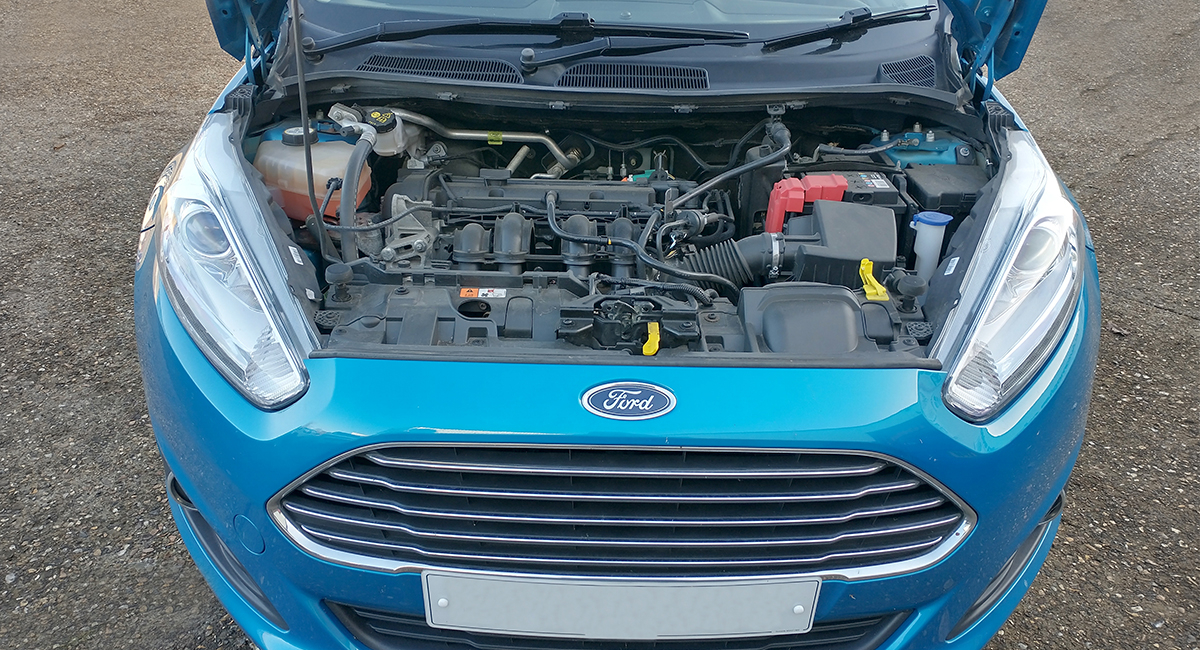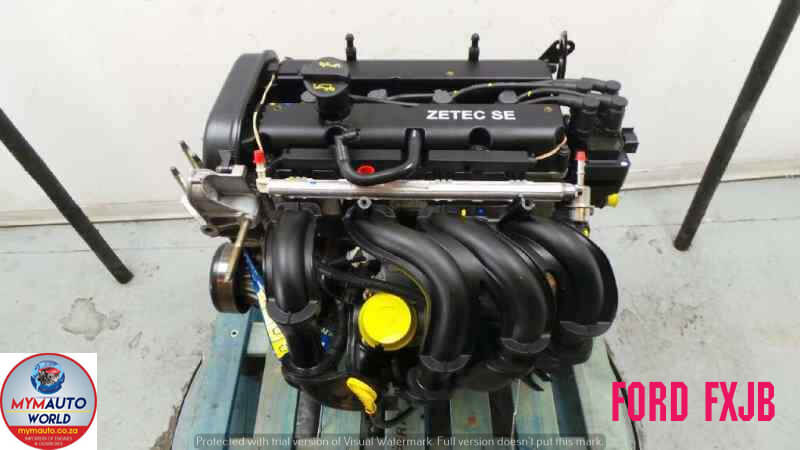Opening the Power of Engines: A Comprehensive Overview to Performance and Effectiveness
Understanding the intricate technicians of engines is essential for both efficiency fanatics and daily chauffeurs. By analyzing key metrics such as horsepower and torque, one can value exactly how tuning strategies improve effectiveness while addressing environmental worries. Normal upkeep plays a crucial role in maintaining ideal efficiency over time. As the automotive landscape changes in the direction of electrification and advanced technologies, the concern develops: exactly how can we successfully adjust to these changes while making best use of engine capacities? The solutions may redefine our strategy to engine efficiency and performance in manner ins which are both informing and necessary.
Understanding Engine Fundamentals
What makes up the basic auto mechanics of an engine? At its core, an engine is a device made to transform fuel right into mechanical energy through a series of regulated surges or burning processes. The main components consist of the cylinder, piston, crankshaft, camshaft, and valves. The cylinder offers as the chamber where burning occurs, while the piston relocates within the cylinder to convert the power from combustion into straight activity (ford fiesta engine).
The crankshaft after that transforms this straight activity into rotational power, which eventually powers the car. The camshaft manages the opening and closing of the valves, controling the consumption of air and gas and the expulsion of exhaust gases. Additionally, the engine depends on a meticulously adjusted fuel-air combination, ignition system, and cooling system to ensure ideal performance and efficiency.
Recognizing engine essentials likewise includes acknowledging the value of engine cycles, such as the four-stroke cycle, which includes consumption, power, compression, and exhaust strokes. Each phase is vital in guaranteeing the engine works efficiently and properly. Proficiency of these basic mechanics prepares for checking out a lot more complicated engine characteristics and efficiency metrics, crucial for optimizing both power outcome and effectiveness.
Secret Efficiency Metrics
Secret efficiency metrics are necessary for evaluating an engine's efficiency and power output, providing important insights for both customers and suppliers. These metrics function as criteria for engine performance, allowing for informed decisions in design, purchasing, and manufacturing.
One of the main metrics is horse power, which measures the engine's capability to do job over time. Torque, determined in pound-feet, is an additional essential metric that suggests the engine's rotational force, directly affecting acceleration and lugging capacity. Gas efficiency, generally gauged in miles per gallon (MPG) or litres per 100 kilometers (L/100km), assesses just how efficiently the engine transforms fuel right into motion, influencing operational prices and environmental factors to consider.
In addition, thermal efficiency procedures how well an engine converts gas energy right into valuable work, disclosing insights into power losses mainly via warm. Exhaust levels, consisting of CO2 and NOx, are likewise vital, reflecting the engine's environmental influence and compliance with governing requirements.

Tuning Methods for Performance
Tuning strategies play a considerable function in boosting engine efficiency by enhancing performance metrics recognized in earlier conversations (ford fiesta engine). Various techniques exist to make improvements an engine, each contributing to enhanced gas economic climate and reduced discharges
One reliable technique is readjusting the air-fuel ratio, making sure the engine operates within the optimal burning routine. A leaner blend can improve gas effectiveness, but it needs to be stabilized to stop misfires or engine knock. In addition, reprogramming the engine administration system can rectify specifications such as ignition timing, which further improves efficiency while maintaining power output.
Another vital approach involves changing the consumption and exhaust systems. Updating to high-performance air filters and exhaust headers can decrease back pressure, helping with much better airflow. This enables the engine to breathe more openly, leading to boosted burning effectiveness.
Moreover, the implementation of advanced adjusting devices, like dyno screening, offers precise information that makes it possible for targeted modifications. Routinely keeping track of these performance metrics makes certain that adjusting efforts yield the preferred efficiency end results. Collectively, these techniques not just reinforce engine efficiency however also add to long-lasting sustainability in engine procedures.
Maintenance for Optimal Efficiency
Regular engine maintenance is important for attaining optimal efficiency and longevity. A properly maintained engine not only runs efficiently yet also lessens the risk of expensive repair work and failures. Key elements requiring routine focus include oil, filters, belts, and ignition system.
Changing the engine oil at suggested periods is critical, as oil lubricates relocating components and stops getting too hot. Replacing oil and air filters guarantees that impurities do not harm engine function. Overlooking these elements can bring about reduced effectiveness and prospective engine damages.
In addition, inspecting and replacing worn belts and pipes is essential to prevent sudden failures. Timing belts, in specific, must be changed according to the manufacturer's schedule to avoid devastating engine damage.
Ignition system must additionally be examined and changed as necessary, considering that they play an essential function in ignition and gas performance.
Future Trends in Engine Innovation
Welcoming advancements in technology, the future of engine style is positioned to change efficiency and effectiveness across various applications. Among one of the most considerable patterns is the shift toward electrification. Crossbreed and totally electrical powertrains are ending up being increasingly mainstream, supplying lowered discharges and improved fuel performance. This shift is not look at here simply a trend but a necessity driven by governing stress and consumer demand for sustainable remedies.
Furthermore, technologies in materials scientific research are leading to lighter, more powerful components that improve engine efficiency while decreasing power consumption. Advanced manufacturing techniques, such as 3D printing, enable for the creation of complicated geometries that boost air flow and thermal monitoring, thus look at this site enhancing burning processes.
Furthermore, the assimilation of synthetic knowledge and artificial intelligence is readied to transform engine diagnostics and performance adjusting. These technologies can assess vast quantities of data in real time, making it possible for predictive maintenance and customized performance enhancements.
Verdict
To conclude, opening the power of engines calls for a thorough understanding of their auto mechanics and performance metrics. Carrying out effective tuning strategies and sticking to regular maintenance practices substantially boost engine capacities. As the auto landscape evolves, embracing future trends in technology, including electrification and progressed production, will certainly be essential for enhancing performance and efficiency. This extensive technique not only benefits lovers however also adds to lasting remedies in the world of automotive engineering.
In addition, the engine depends on a thoroughly adjusted fuel-air mixture, ignition system, and cooling system to make certain optimal performance and performance.
Understanding engine fundamentals additionally entails recognizing the relevance of engine cycles, such as the four-stroke cycle, which consists of consumption, power, compression, and exhaust strokes. Proficiency of these basic auto mechanics lays the foundation for discovering a lot more intricate engine dynamics and efficiency metrics, important for enhancing both power output and effectiveness.

Embracing improvements in innovation, the future of engine layout is poised to change performance and efficiency throughout various applications.